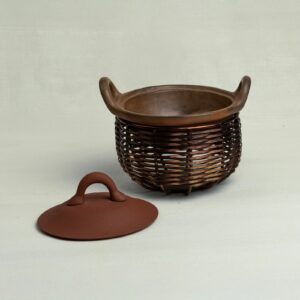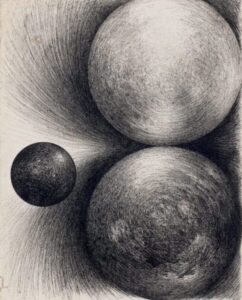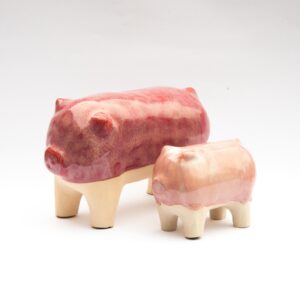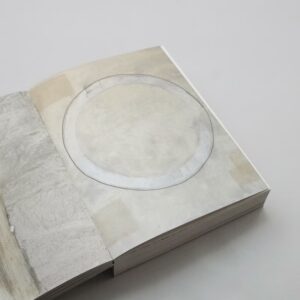BREAKING #285
‘Do you keep sheep?’
‘Do you keep sheep?’ was the surprising first question from actress and (sheep) farmer Isabella Rossellini when she saw my jumper. It was a question that reached straight into the secret chamber of longing – for I would have felt proud and happy to be able to answer ‘yes’. Instead, I said: ‘No, I keep an art magazine.’
Rossellini would later explain that there are more similarities than differences between ‘keeping’ sheep and publishing magazines: both wool and paper are on the verge of extinction, as their production processes are no longer economically viable. As for wool – only one per cent of the world’s clothing is still made from this gentlest, most consoling of fibres.
I am a wool fetishist. I cannot leave the house, nor write a single line, without wool around me – sheep’s wool, mohair, angora, cashmere. It’s the closest I get to animals. Wool breathes; it holds warmth, and cools when needed. The wonder is this: you can love your old woollen jumpers – but not your disintegrating yoga or tracksuit, born of fossil oil.
While everyone continues to drag themselves around in a plastic condom* – like a supermarket cucumber – this week, just outside Rome, on the Etruscan land of designer and farmer Ilaria Venturini Fendi, the first World Wool Forum was held: a small gathering of designers, artists, and wool activists brought together by Lidewij Edelkoort, Philip Fimmano and Isabella Rossellini.
Outside, the wind sheared across the ridge and the bleating of sheep drifted from afar. Inside, we travelled – with Rossellini to her Mama Farm on Long Island, New York; with designer Oyuna Tserendorj to the cashmere of Mongolia; with artist Frances van Hasselt to the mohair of South Africa; and with designer-farmer Reina Ovinge to the sheep’s wool of Baambrugge.
For a while, we became a flock ourselves – and it took some getting used to when it scattered again.
– Nicole Ex,
founding editor
To read more columns by Nicole Ex, subscribe to our weekly newsletter.





















